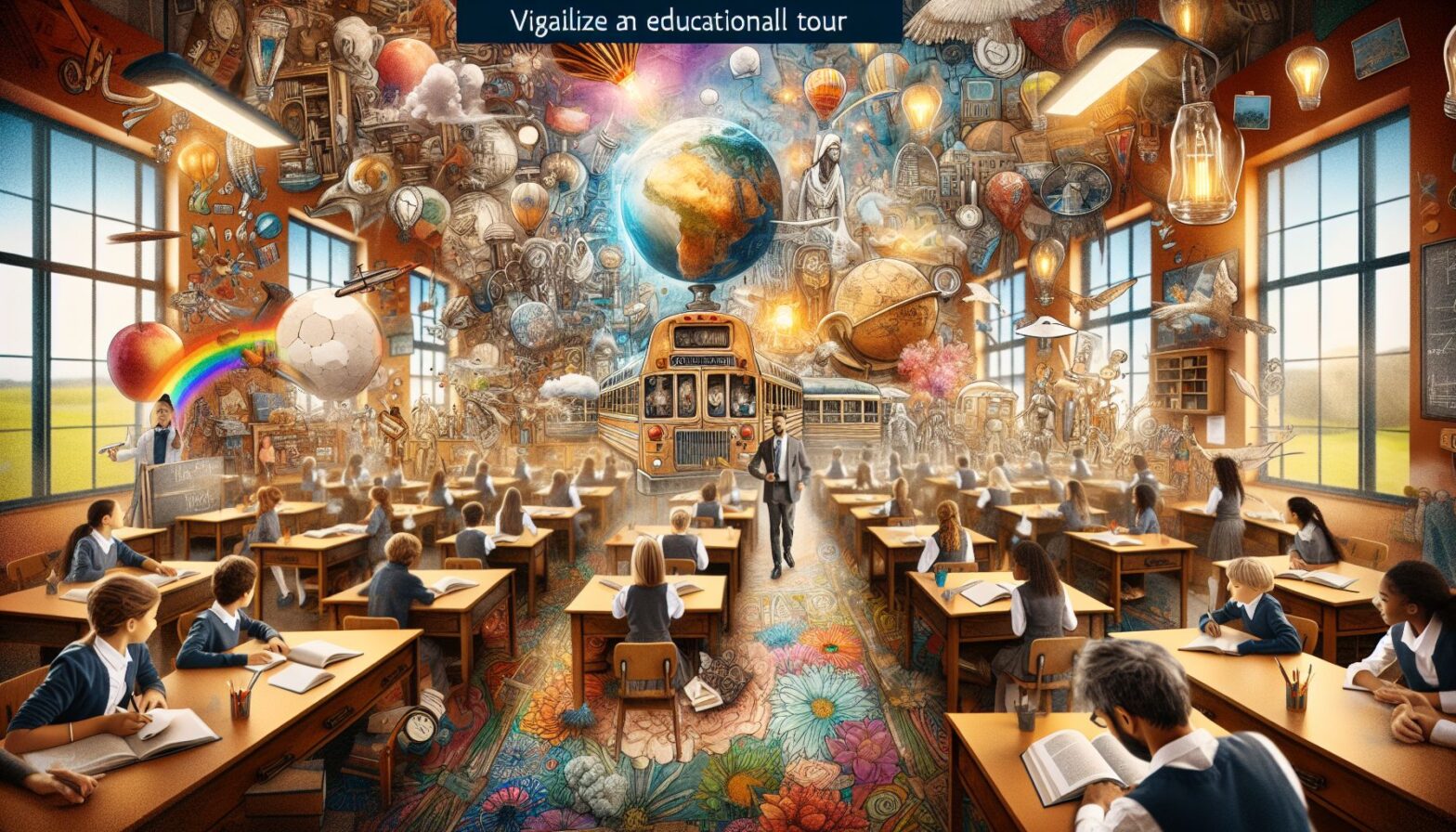Education is not a preparation for life; education is life itself. Those famous words from philosopher and education reformer, John Dewey, echo the essence of the journey we’re about to embark upon. A stirring expedition that lies at the convergence of education and travel. Our destination? To unravel the pedagogical potentials of educational tourism.
Nurturing knowledge within the confines of a classroom, mediated by textbooks and blackboards, has been a time-honoured tradition. Shaped by this regimen, learners’ perceptions of the world are, more often than not, confined within these two-dimensional representations of reality. However, a whisper in the corridors of academia is speaking of an imminent evolution. We are on the precipice of an educational renaissance of sorts, ushered in by a cutting-edge teaching methodology – educational tourism.
Educational tourism serves as an effective antidote to the monotonous routine that plagues conventional schooling. It blends the thrill of travel with the rigour of learning, transforming the globe into one vast experiential classroom. A lecture on Mayan civilisation breathes life through a touring expedition to the ancient ruins of Chichen Itza. An understanding of plate tectonics shifts from mere textbook jargon to a sensory experience during a field trip to the foot of a volcano. In this landscape, education transcends traditional boundaries.
The theoretical underpinning of educational tourism is anchored in experiential learning theory, which ascribes to the idea that ‘learning is a process that creates knowledge through the transformation of experience.’ As learners find themselves within varied geographical, historical, and cultural contexts, their horizons of understanding expand and evolve dynamically.
But what spurs this paradigm shift from the traditional to the experiential? The answer lies in the realisation that education needs to mirror the rapidly changing global realities. Educational tourism, therefore, isn’t merely a pedagogical tool. It’s a means to inculcate global citizenship.
As we step outside our ivory towers of institutionalised education, we can foster resilient learners equipped to navigate the complex global terrain. Declaring a war on insularity, educational tourism inculcates a sense of global connect and empathy. The Wall Street Journal reports that American students studying abroad display higher graduation rates, better grades, and improved cultural competency compared to their non-travelling peers.
Notwithstanding these encouraging realities, one must tread cautiously. We must ensure that educational tourism doesn’t morph into a commodity market that merely reiterates existing power dynamics. Nurturing a sense of active participation is crucial. Moreover, digital innovations, augmented reality, and virtual reality have enormous potential to democratise access to educational tourism. By transcending geographical limitations, they open up a virtual world of experiential learning possibilities.
In conclusion, educational tourism heralds a dynamic shift in our understanding of how education should be delivered. It dissolves the iron frame of the classroom, making the world a boundless space for learning. Pioneers of pedagogy might contemplate the financial burden or logistical hassles of these programmes. But the fundamental essence should be ever-insightful – to ensure students are truly living their education.
As we go forth, navigating the expanse of this intriguing pedagogical landscape, let’s remember the profound words by Mark Twain, “Travel is fatal to prejudice, bigotry, and narrow-mindedness, and many of our people need it sorely on these accounts. Broad, wholesome, charitable views of men and things cannot be acquired by vegetating in one little corner of the earth all one’s lifetime.”
Education, thus, should never be a static entity, but an immersive, transformative journey. And perhaps, with educational tourism, we find ourselves on the right path.

